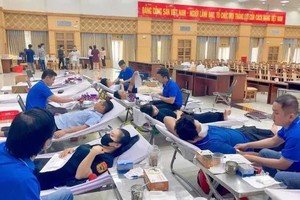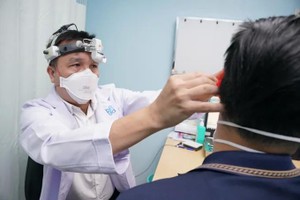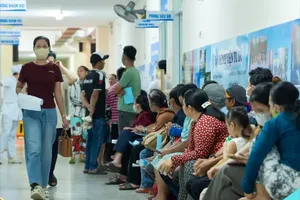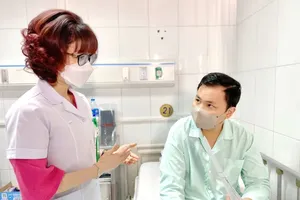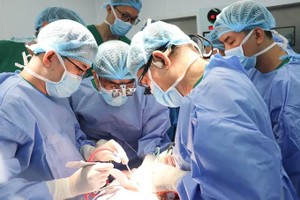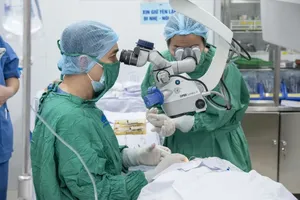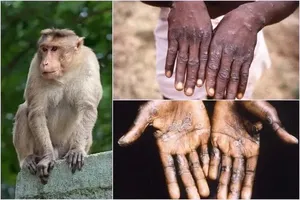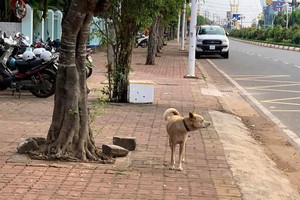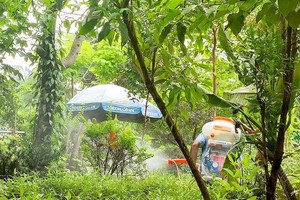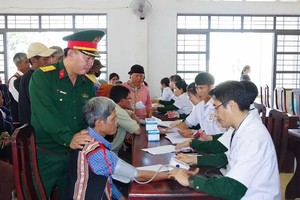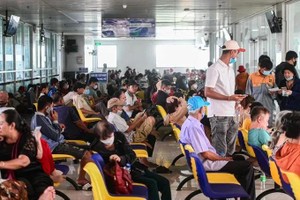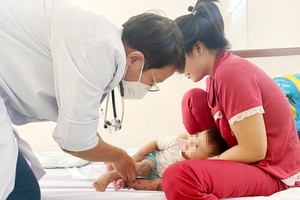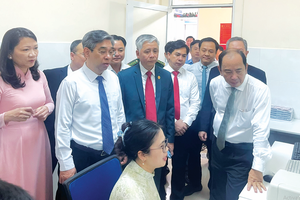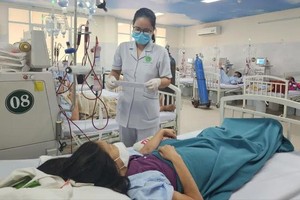According to the Ministry of Health, around 1 million patients get infection at their incision every year which make patients stay in the hospital many additional days, increase treatment cost and drug resistance especially antibiotic.
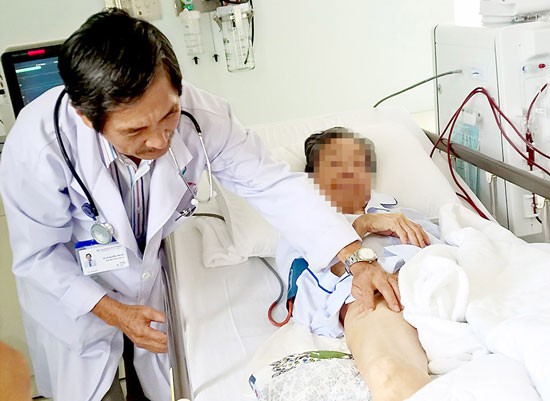
However, currently, prevention of hospital-acquired infection (HAI) is limited and the overloading in hospital make the problem worse.
A female patient in Ho Chi Minh City’s district 7 must stay in a hospital for two weeks after an operation of removing ovarian cyst as her incision was infected; thus, she must take antibiotics.
Normally, patients can be discharged from hospitals three or five days after the operation; however, those get infection in the incision must stay additional days for further treatment and take antibiotics.
Infection in incision is very popular in medical facilities nowadays, said experts.
According to a study conducted by Cho Ray Hospital in HCMC, hospital-acquired infection is very popular in patients with pneumonia ( with proportion of 45 percent); next in incision ( with 21 percent), urine infection (with 13 percent), skin infection ( with 11 percnet) and blood infection ( with 10 percent)
The uncleanliness in hospitals was once confirmed by the Ministry of Health’s Institute of Hygiene and Public Health which collected 33 samples of air in 13 hospitals in HCMC. Of 33 samples of air, 26 have the number of microorganism 6 times higher than standard level and the rate of microorganism in air accounting for 78.8 percent.
This leads to much drug resistance. A survey conducted by Nhan Dan Gia Dinh Hospital showed that over 93 percent of phlegm of inpatients contain drug-resistant virus and worse, up to 60 percent of patients having pneumonia must put on ventilator.
Not only hospital-acquired infection but also improper use of antibiotics amongst people and overuse of the medication in treatment helped increase drug resistance.
The Ministry of Health said that antibiotic accounts for a big amount in pharmacies in urban and rural districts without prescription. Meanwhile, doctors combine many antibiotics in treatment. The Ministry said that the rate of drug resistance also increase and worse, more viruses resist to many kinds of antibiotics and even new antibiotics.
Since 1997, the Ministry has regulated the HAI and ordered hospitals to have a ward for the matter. However, recently, a survey shows that out of over 500 hospitals in the country, 40 percent of them have wards against hospital-acquired infections.
It is due to shortage of personnel. 15.7 percent of hospitals in districts or commune have no such ward.
HAI- also known as nosocomial infection- are commonly transmitted when health care providers become complacent and do not practice correct hygiene regularly. Also, increased use of outpatient treatment in recent decades means that a greater percentage of people who are hospitalized today are likely to be seriously ill with more weakened immune systems than in the past.
Moreover, some medical procedures bypass the body's natural protective barriers. Since medical staff move from patient to patient, the staff themselves serve as a means for spreading pathogens. Essentially, the staff act as vectors.
As per the Ministry, around 30 percent of medical workers don’t wash their hands properly offering favorite condition for transmission from patients to patients. Accordingly, the Ministry decided to establish a team of drug resistance supervision to control drug resistance and implement activities against the matter.
As per the World Health Organization, HAI concerns to safety of patients and medical workers. The rate of nosocomial infection in the globe fluctuates from 3.5 percent to 10 percent and in the Southeast Asian nation is 6 percent.

